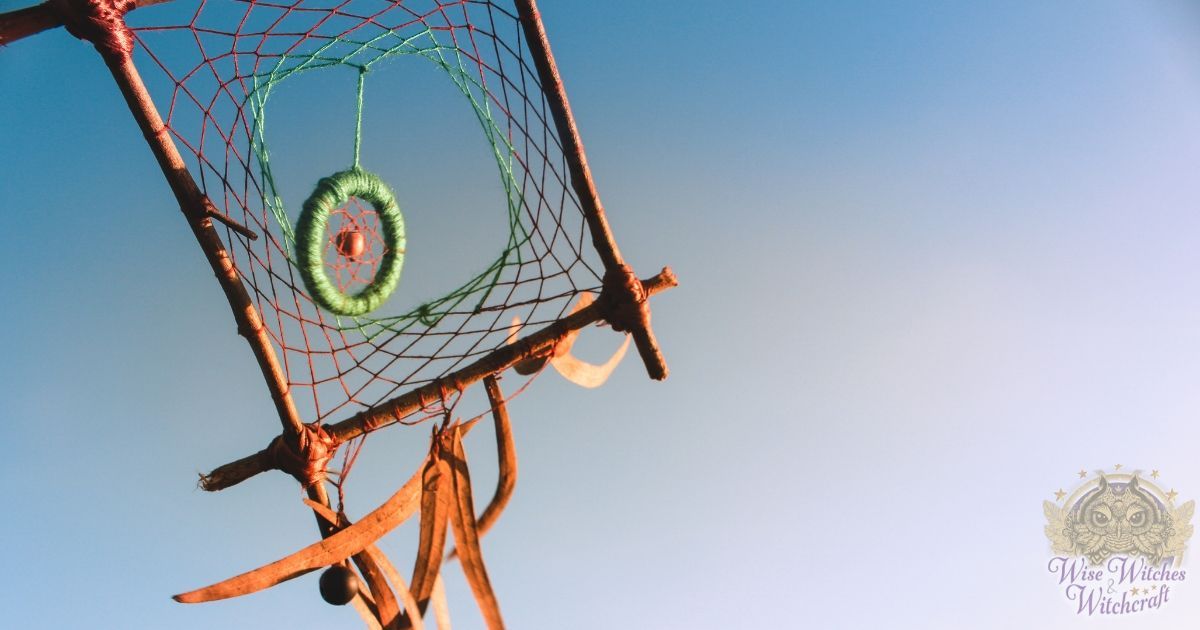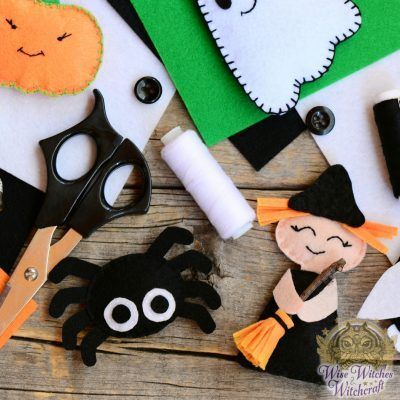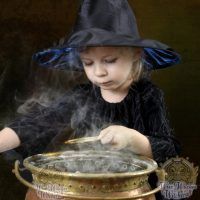Making a Magical Dream Catcher

“The soul is healed by being with children.”
-Fyodor Dostoyevsky
Dream catchers consist of a hoop that’s adorned with a web and tiny sacred tokens like beads and feathers. Traditional dream catchers were made only from a gift of nature (no plastic allowed!).
What is a Dream Catcher?

As the name implies, a dream catcher is made as a protective tool specifically guarding against nightmares. While used for children most often, plenty of adult bedrooms have one too. The web of the dream catcher gathers all the night visions and sorts them like a sieve. Only good dreams may pass through. The bad images remain entangled in the web until morning when the sun’s light burns them away. This concept is very comforting, particularly with children who are afraid of the dark as well.
Origin of the Dream Catcher
Dream catchers began in Native American traditions, particularly the Ojibwa Chippewa Tribe. The word used for the dream catcher asabikeshiinh translates as spider, referring to the pattern of the web.
Legend of the Dream Catcher
An Ojibwe story tells us of a powerful Spider Woman who was both magical and nurturing. She was the protectress of the tribe, taking particular care with young children. When the Ojibwe tribe grew larger, and larger Spider Woman struggled to maintain her sacred duty. The children were far away and many. So it was she created the first dream catcher with her sacred symbol, the web, within.
Symbolism of the Dream Catcher

Often made by mothers and grandmothers of the tribe, the circle of the dream catcher symbolizes unity, life’s cycles, the wheel of time and the never-ending circle of life. This design also represents the Sun and the moon’s movements.
The beads on the dream catcher are meant to illustrate the Spider Woman or the spider spirit who weaves the magical web. Each bead can hold a charm, carefully placed there by the maker
As for the feathers, good dreams should be soft and light. Feathers let a child’s imagination take to flight.
Explaining the Dream Catcher to your Child
Depending on their age the simplicity of the Dream Catcher makes it readily understood by young minds. No one wants nightmares. So, having a dream catcher makes perfect sense. Having your child help make his or her own dream catcher affords personalization and an energetic sympathy with them, improving the results.
Creating the Dream Catcher

Begin by finding any circular base, preferably a natural one like grape branches fashioned into a circle, a thin circle of wood, tightly bound herbs braided into a wreath, a wooden embroidery hoop or anything similar. Your local craft store becomes a great friend for finding a decent base.
A traditional dream catcher utilized leather, covering the circle. If you want covering, any natural fiber is fine.
While most Native Americans use sinew for the netting on a dream catcher, you can turn to wool or cotton yarn, heavy twine or string, or variegated ribbons. Also gather together some feathers, beads, crystals, dried herbs, silk flowers, charms, and the like in case you want to add them into the design. Some of the items known to inspire peaceful sleep or ward off nightmares include:
- Amethyst
- Basil
- Jasmine
- Rosemary
- Azurite
- Lotus
- Marigold
- Lavender
- Silver
- Morning Glory
- Rose
- Chamomile
- Quartz
- Anise
- Cedar
- Mint
[wisew_rectangle align=”left”]Note that if you can’t find a listed flower or herb, you can use an aromatic oil instead. In this case simply dab it around the edge, moving clockwise as you go to inspire positive energy. This might be a good opportunity for a charm that the child can recite with you like:
In the darkness of the night, catch bad dreams and keep them away
In this web only, good dreams may stay
There’s no right or wrong way to create the net. Let your inner voice and the Ancestors guide you, keeping in mind the tool’s function while you work with your child. One suggestion: regularly put small knots in the design so it doesn’t easily loosen up or pull apart.
When you’re done, pray over the catcher as a means of blessing. Keep your prayer simple using words your child understands. Here’s one example:
Great Spirit, bless this dream catcher
fill it with your protection
Keep nightmares away
and banish them by light of day.
Help your child hang it over his or her bed.
By the way, this design works very well for adult purposes other than inspiring dreams. For example, make one with protective tokens attached to it and put it on the front door to filter out negativity. Make another one with good luck charms on it and hang it off the rear-view mirror of a car, and another still for success and keep it at your workplace.
Adapted from “Shaman in a 9-5 World,” by Patricia Telesco. All rights reserved.




